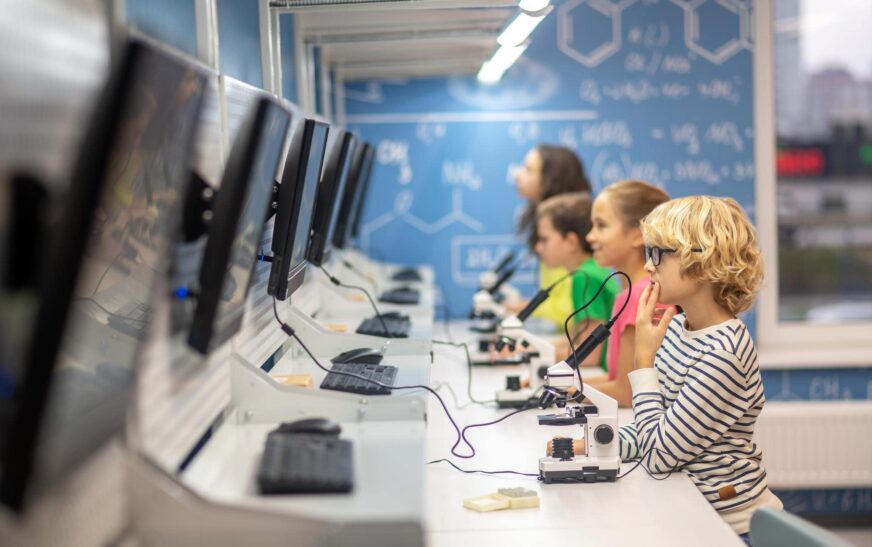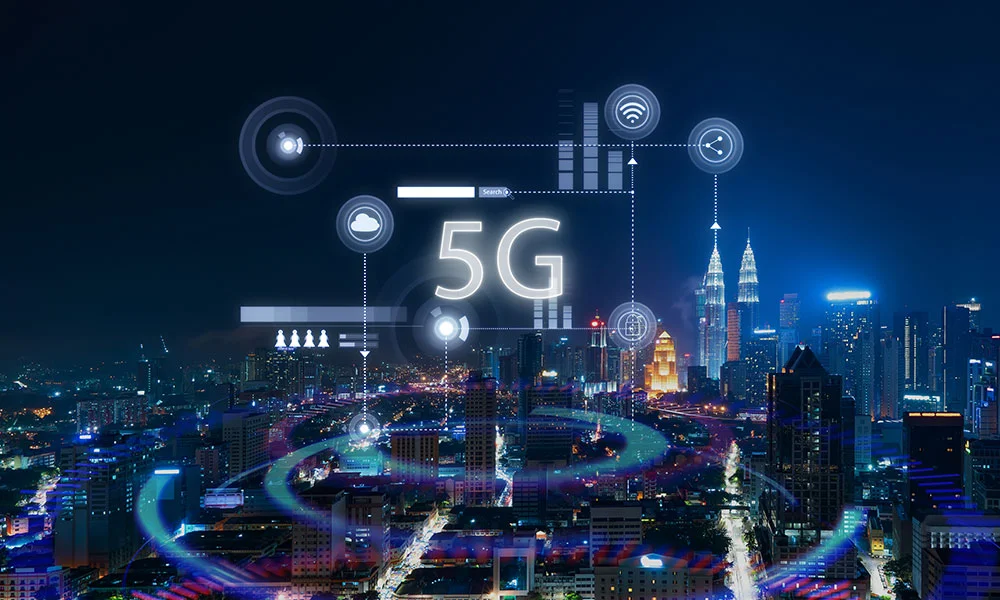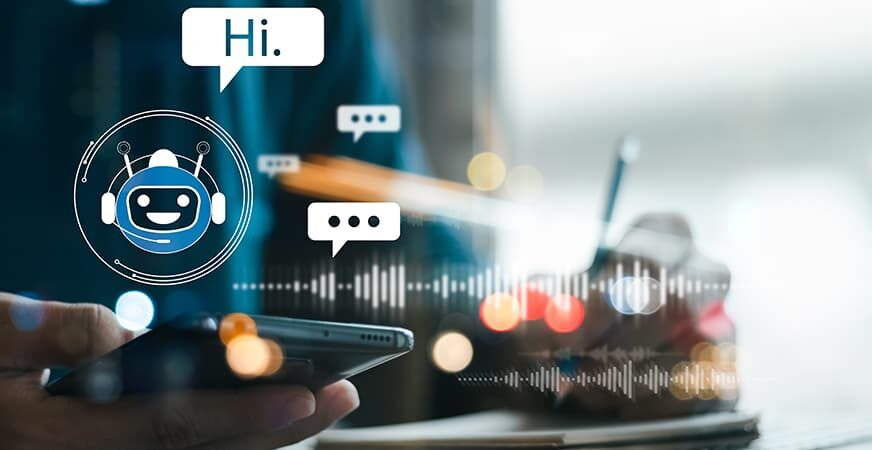Introduction to Smart Technology in Education
In today’s fast-paced world, smart technology is transforming every aspect of our lives, and education is no exception. Imagine a classroom where artificial intelligence (AI) personalizes learning experiences for each student or where the Internet of Things (IoT) connects devices to create an immersive educational environment. This isn’t just a futuristic dream; it’s happening right now! With these advancements, educators are enhancing learning in ways we never thought possible. As classrooms evolve into dynamic spaces filled with innovative tools and resources, let’s explore how AI and IoT are reshaping the landscape of education for students and teachers alike. Get ready to discover the exciting potential of smart technology in education!
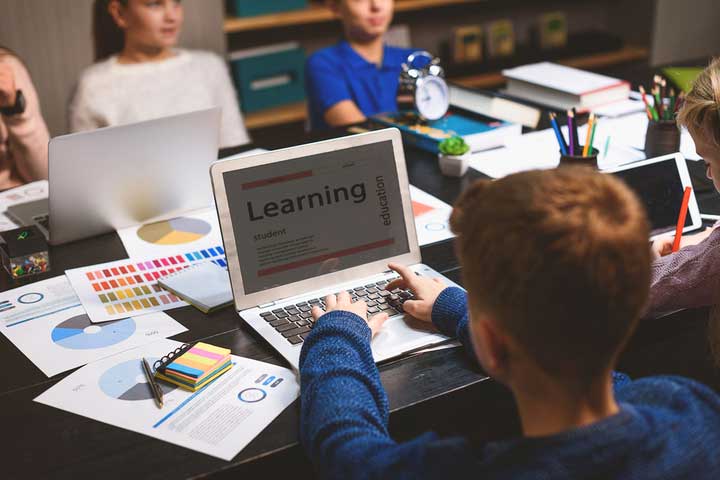
The Role of Artificial Intelligence (AI) in Education
Artificial Intelligence (AI) is transforming education in remarkable ways. It personalizes learning experiences, catering to individual student needs and preferences. AI analyzes data from students’ interactions with educational materials, enabling tailored content that suits their unique learning styles.
Intelligent tutoring systems are becoming commonplace. These tools provide immediate feedback, helping students grasp complex concepts more efficiently. This real-time support fosters deeper understanding without overwhelming learners.
Moreover, AI enhances administrative tasks for educators. Grading assignments and managing classroom logistics can be automated, freeing up time for teachers to focus on instruction and mentorship.
The integration of AI also extends to predictive analytics. By identifying at-risk students early on, institutions can implement timely interventions that significantly improve retention rates and academic performance.
As we see these advancements unfold, it’s clear that AI’s role in education is not merely supplemental; it’s a cornerstone of modern learning environments.
The Benefits of AI Integration in the Classroom
AI integration in the classroom brings a wave of personalized learning experiences. Each student’s unique pace and style can be catered to, ensuring they grasp concepts effectively. This adaptability fosters engagement and boosts confidence.
Teachers also benefit significantly from AI tools. Administrative tasks become streamlined, allowing educators to focus more on instruction rather than paperwork. With data-driven insights, they can identify areas where students struggle and adjust their teaching methods accordingly.
Moreover, AI-powered platforms provide immediate feedback for students. Instant assessments help learners understand their mistakes without delay, promoting continuous improvement.
Additionally, these technologies prepare students for future careers. Familiarity with AI enhances digital literacy skills crucial in today’s job market. As classrooms evolve into tech-friendly environments, creativity flourishes alongside critical thinking abilities among young minds.
How the Internet of Things (IoT) is Revolutionizing Learning Environments
The Internet of Things (IoT) is transforming traditional classrooms into dynamic, interactive learning spaces. With connected devices, educators can gather real-time data on student performance and engagement levels. This information helps tailor lessons to meet individual needs.
Smart boards and IoT-enabled tools facilitate collaborative projects among students, no matter their location. They can easily share resources and ideas through interconnected platforms.
Moreover, IoT enhances safety in educational settings with smart surveillance systems that monitor activities. These innovations not only create a secure environment but also free educators to focus more on teaching rather than administrative tasks.
Furthermore, sensors in the classroom can adapt lighting and temperature based on occupancy or specific learning activities. Such adaptability fosters an optimal environment for creativity and concentration—a crucial aspect of effective education today.
Real-Life Examples of AI and IoT in Education
Classrooms are evolving, thanks to AI and IoT. Schools are utilizing smart tools to enhance learning experiences.
One example is the use of AI-driven tutoring systems. These platforms adapt to each student’s needs, providing personalized support. Students can engage with lessons at their own pace.
Smart classrooms equipped with IoT devices offer another compelling illustration. Sensors monitor environmental factors like light and temperature, ensuring optimal learning conditions.
Moreover, educational institutions use wearables for tracking student engagement and health metrics. This data allows educators to create a more supportive environment tailored to individual requirements.
Virtual reality powered by AI transports students into immersive worlds where they learn through exploration instead of traditional methods. This hands-on approach sparks curiosity and fosters creativity among learners.
These innovations exemplify how technology reshapes education in real-time, creating interactive experiences that resonate deeply with today’s digital natives.
Potential Challenges and Ethical Considerations
As smart technology continues to reshape education, it’s essential to address potential challenges and ethical considerations. One major concern is data privacy. With AI and IoT devices collecting vast amounts of student information, safeguarding that data becomes critical.
Bias in algorithms can also lead to unfair treatment of students. If not carefully designed, AI systems might reinforce existing inequalities rather than mitigate them.
Additionally, there is the risk of over-reliance on technology. While these advancements enhance learning experiences, they should complement traditional teaching methods—not replace them entirely.
Moreover, educators must be equipped with the necessary training to effectively integrate these technologies into their curricula. Without proper guidance, even well-intentioned initiatives could falter.
There’s a moral imperative for developers and educational institutions alike: ensuring that innovations are accessible and beneficial for all learners regardless of socioeconomic status or geographic location.
Future Implications and Possibilities
The future of education is set to transform dramatically with Smart Technology, especially through AI and IoT. Imagine classrooms that adapt in real-time to students’ learning styles using advanced algorithms. This could create a personalized experience for each learner.
Virtual reality could enhance this further, enabling immersive simulations that engage students like never before. They might explore ancient civilizations or distant planets without leaving their desks.
Moreover, connectivity will allow global collaboration among learners from different backgrounds. Students can work on projects together despite being continents apart.
AI-driven analytics can track student progress more accurately than traditional methods. Teachers will receive insights about each student’s strengths and areas needing improvement almost instantaneously.
As technology evolves, ethical considerations become paramount. Ensuring data privacy and addressing biases in AI systems are crucial for building trust in these innovations within educational environments.
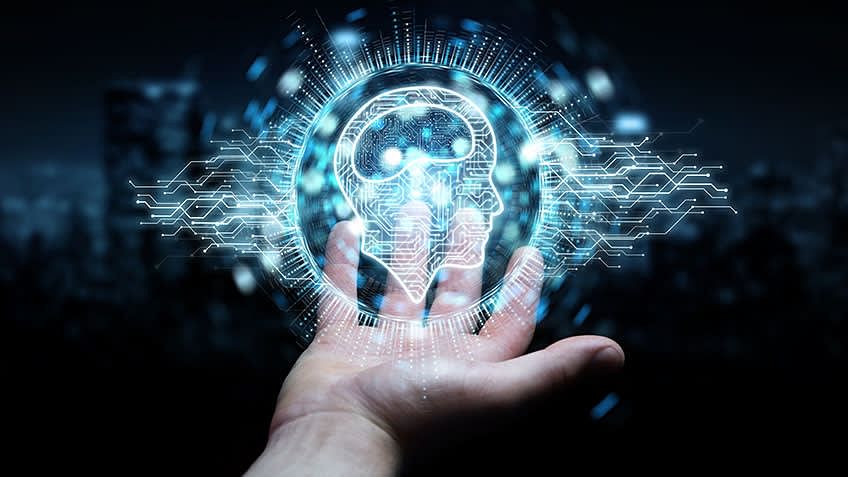
Conclusion
Smart technology is transforming the educational landscape in remarkable ways. The integration of AI and IoT not only enhances learning experiences but also prepares students for a tech-driven future. As educators harness these tools, they create more personalized, engaging environments that cater to diverse needs.
However, it’s important to remain mindful of potential challenges such as privacy concerns and unequal access to technology. Addressing these issues will be crucial for ensuring that all learners benefit equally from advancements in education.
The future holds exciting possibilities with smart technology paving the way for innovative teaching methods and improved student outcomes. Embracing these changes can lead to a more effective education system that empowers both teachers and students alike.

